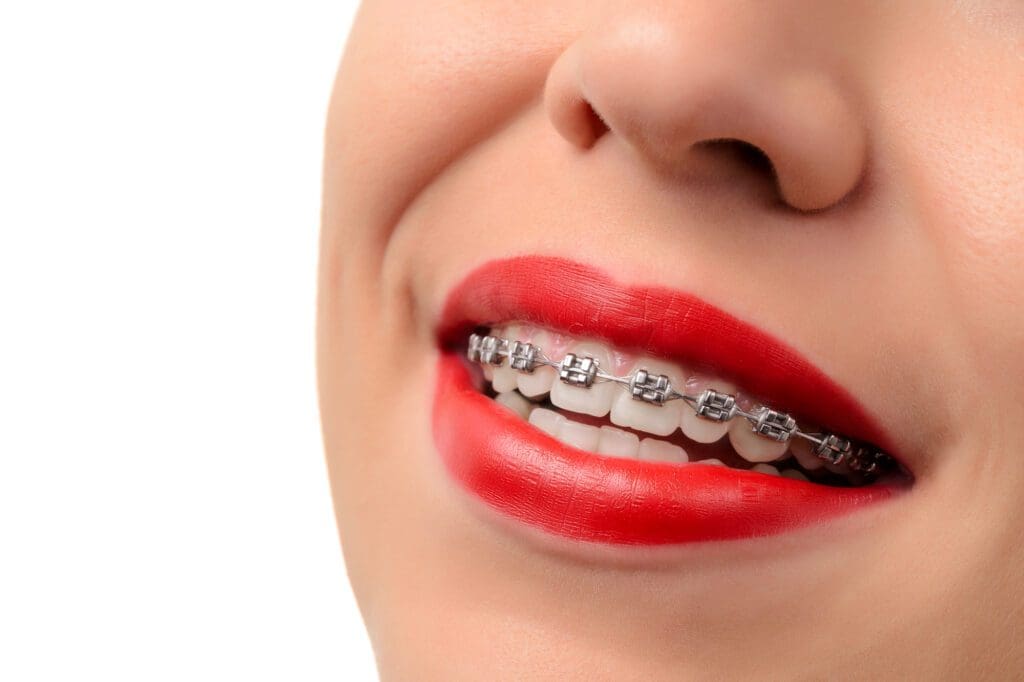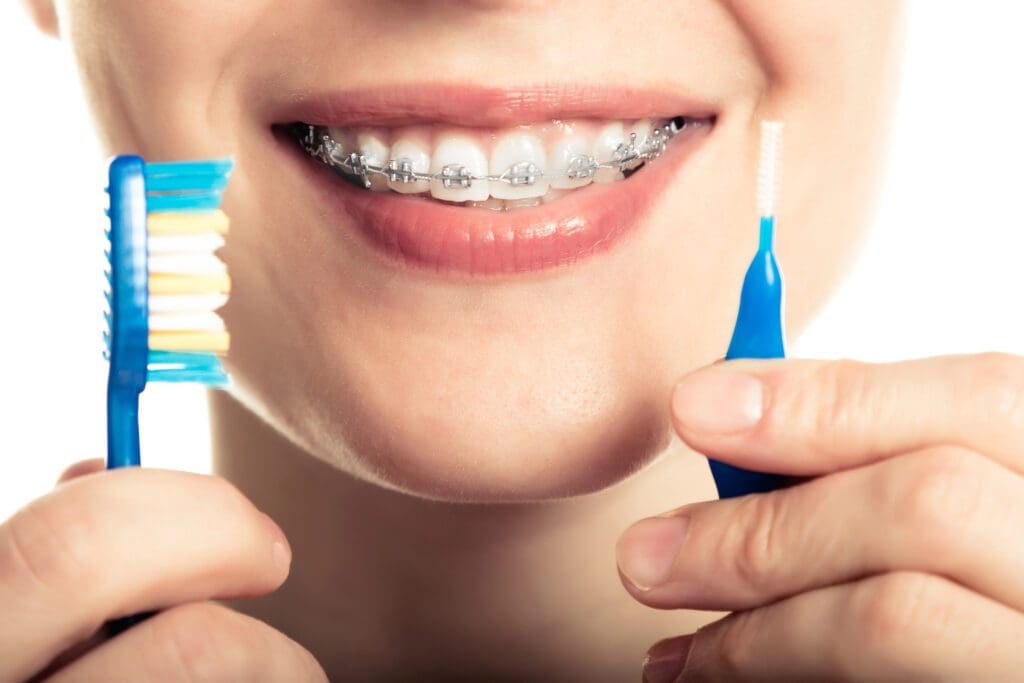 Deciding on the best type of braces for adults requires understanding the various options available. Traditional metal braces, ceramic braces, and clear aligners are common choices, each with its strengths.
Deciding on the best type of braces for adults requires understanding the various options available. Traditional metal braces, ceramic braces, and clear aligners are common choices, each with its strengths.
Metal braces are known for their durability and effectiveness in complex cases, while ceramic braces offer a less noticeable appearance. Clear aligners provide the most discreet option, with the convenience of being removable.
Adults considering braces should take into account factors such as their lifestyle, dental needs, and personal preferences. Clear aligners are popular among adults due to their invisibility and minimal impact on daily life, making them suitable for mild to moderate dental corrections.
However, for more significant adjustments or special dental issues, fixed braces might be recommended. As each case is unique, consulting with an orthodontist will provide a tailored approach to achieving the best result for one’s dental health and cosmetic goals.
Are you ready to transform your smile? Schedule a consultation with Smilebliss today and let us guide you toward the perfect adult braces option for your unique needs.
Your journey to a confident, beautiful smile starts here! Contact us today for more details.
When considering braces as an adult, one has a range of options to choose from, each with its own advantages. Below are specific types of braces commonly used by adults.
Metal braces are the most traditional form of braces and are highly effective for a variety of dental alignment issues. They consist of high-grade stainless steel brackets and wires that apply pressure to the teeth, gradually moving them into the desired position. They are often the most affordable option and are capable of handling severe misalignments.
Ceramic braces function similarly to metal braces but use ceramic brackets that are tooth-colored or clear, making them less noticeable. They offer an aesthetic advantage for those seeking a more discreet option. However, they can be more fragile than metal braces and, sometimes, more costly.
Clear aligner treatment consists of a series of clear, removable aligners that are custom-designed to fit over the teeth. They are virtually invisible, allowing adults to straighten their teeth without the appearance of traditional braces.
Aligners are switched out approximately every two weeks to accommodate the shifting of teeth. It’s important to note that clear aligners may not be suitable for all types of misalignments and is usually more expensive than traditional braces.
When selecting braces, adults must evaluate several important factors to ensure the chosen solution aligns with their needs, desired outcomes, and circumstances.
For many adults, how braces look is a significant factor. Options include:
The complexity of dental issues can influence brace selection. Severe misalignment may necessitate more robust solutions like metal braces, while minor corrections could be addressed with clear aligners. Patients often require professional evaluations to determine the most efficient treatment.
Economic considerations play an important role:
It’s also important to check insurance coverage, as this can significantly offset costs.
Treatment time varies based on the chosen braces and the complexity of the case. Metal braces may require a longer treatment time, but they are effective for a wide range of corrections.
Clear aligners typically boast shorter treatment periods but are usually suitable for less complex issues. Regular dental consultations are necessary to monitor progress and adjust timelines.
Selecting the right type of braces as an adult is crucial for both comfort and effectiveness. Each type of brace offers unique benefits and potential drawbacks.
Discomfort: They can cause irritation to the cheeks and lips, especially when first installed.
 Proper oral hygiene is essential for adults with braces to prevent dental issues such as tooth decay and gum disease.
Proper oral hygiene is essential for adults with braces to prevent dental issues such as tooth decay and gum disease.
Daily brushing and flossing become even more crucial when an individual has braces. Braces create nooks and crannies where food particles and plaque can accumulate.
Regular visits to the dentist or orthodontist are imperative to ensure braces are not hindering oral hygiene.
Certain foods can compromise the cleanliness of braces and should be avoided or consumed cautiously.
Choosing the right braces as an adult requires careful assessment and a tailored approach to dental correction. The process is critically hinged on an initial evaluation followed by a customized treatment plan to ensure the treatment meets the unique needs of the patient.
During the initial evaluation, the orthodontist conducts a comprehensive examination of the patient’s teeth, jaw alignment, and oral health. This typically includes:
This detailed assessment is crucial in identifying the specific orthodontic issues and the best course of action.
After analyzing the results of the evaluation, the orthodontist develops a customized treatment plan that outlines:
Each plan is unique to the patient’s dental structure, esthetic preferences, and functional requirements, balancing effectiveness with personal considerations.
Unlock your path to a brighter, more confident smile with Smilebliss! Are you an adult seeking the perfect brace solution? Look no further. Our team at Smilebliss is dedicated to providing you with the best braces, tailored specifically for adults.
Say goodbye to misaligned teeth and hello to a beautifully aligned smile that you’ll be proud to show off. Our experienced orthodontists use state-of-the-art technology and personalized treatment plans to ensure your journey to a straighter smile is as comfortable and efficient as possible.
Don’t let age hold you back from achieving the smile of your dreams. Contact us today to learn more about the services we offer and embark on a transformative journey towards a more confident you.
Ceramic braces offer a cosmetic advantage over metal braces because they blend with the natural color of teeth. However, they may cost more and be slightly less durable than their metal counterparts.
Adults should consider the overall cost, which includes the price of the braces themselves plus any additional fees for adjustments, aftercare, and potential insurance coverage.
The treatment time varies widely based on the individual case, but clear aligner systems can offer shorter treatment times for adults with mild to moderate alignment issues.
Metal braces may cause more irritation to the cheeks and lips initially, while clear aligners are generally known for their comfort.